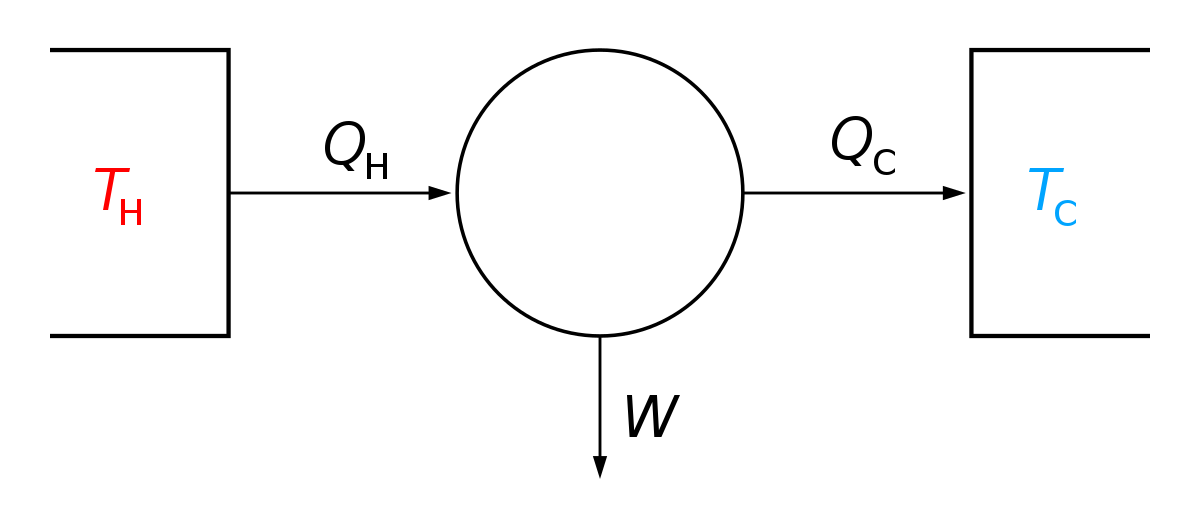As an effect of
general relativity, the expansion of the universe is different from the
expansions and
explosions seen in daily life. It is a property of the
universe as a whole rather than a phenomenon that applies just to one part of the universe and, unlike other expansions and explosions, cannot be observed from "outside" of it.
Metric expansion is a key feature of
Big Bang cosmology, is modeled mathematically with the
Friedmann–Lemaître–Robertson–Walker metric and is a generic property of the universe we inhabit. However, the model is valid only on large scales (roughly the scale of
galaxy clusters and above), because
gravity binds matter together strongly enough that metric expansion cannot be observed on a smaller scale at this time. As such, the only galaxies receding from one another as a result of metric expansion are those separated by cosmologically relevant scales larger than the
length scales associated with the gravitational collapse that are possible in the
age of the universe given the
matter density and average expansion rate. To paraphrase, the metric is forecasted to eventually begin to outpace the gravity that bodies require to remain bound together, meaning all but the most local bound groups will recede.
According to
inflation theory, during the
inflationary epoch about 10−32 of a second after the
Big Bang, the universe suddenly expanded, and its volume increased by a factor of at least 1078 (an expansion of distance by a factor of at least 1026 in each of the three dimensions), equivalent to expanding an object 1
nanometer (10−9
m, about half the width of a
molecule of
DNA) in length to one approximately 10.6
light years (about 1017 m or 62 trillion miles) long. A much slower and gradual expansion of space continued after this, until at around 9.8 billion years after the Big Bang (4 billion years ago) it began to gradually
expand more quickly, and is still doing so. Physicists have postulated the existence of
dark energy, appearing as a
cosmological constant in the simplest gravitational models, as a way to explain this late-time acceleration. According to the simplest extrapolation of the currently favored cosmological model, the
Lambda-CDM model, this acceleration becomes more dominant into the future. In June 2016,
NASA and
ESA scientists reported that the universe was found to be expanding 5% to 9% faster than thought earlier, based on studies using the
Hubble Space Telescope.
[2]
Observational evidence
Theoretical cosmologists developing
models of the universe have drawn upon a small number of
reasonable [?] assumptions in their work. These workings have led to models in which the metric expansion of space is a likely feature of the universe. Chief among the underlying principles that result in models including metric expansion as a feature are:
Scientists have tested carefully whether these assumptions are valid and borne out by observation.
Observational cosmologists have discovered evidence – very strong in some cases – that supports these
assumptions, and as a result, metric expansion of space is considered by cosmologists to be an observed feature on the basis that although we cannot see it directly, scientists have tested the properties of the universe and observation provides compelling confirmation.
[30] Sources of this confidence and confirmation include:
- Hubble demonstrated that all galaxies and distant astronomical objects were moving away from us, as predicted by a universal expansion.[31] Using the redshift of their electromagnetic spectra to determine the distance and speed of remote objects in space, he showed that all objects are moving away from us, and that their speed is proportional to their distance, a feature of metric expansion. Further studies have since shown the expansion to be highly isotropic and homogeneous, that is, it does not seem to have a special point as a "center", but appears universal and independent of any fixed central point.
- In studies of large-scale structure of the cosmos taken from redshift surveys a so-called "End of Greatness" was discovered at the largest scales of the universe. Until these scales were surveyed, the universe appeared "lumpy" with clumps of galaxy clusters, superclusters and filaments which were anything but isotropic and homogeneous. This lumpiness disappears into a smooth distribution of galaxies at the largest scales.
- The isotropic distribution across the sky of distant gamma-ray bursts and supernovae is another confirmation of the Cosmological Principle.
- The Copernican Principle was not truly tested on a cosmological scale until measurements of the effects of the cosmic microwave background radiation on the dynamics of distant astrophysical systems were made. A group of astronomers at the European Southern Observatory noticed, by measuring the temperature of a distant intergalactic cloud in thermal equilibrium with the cosmic microwave background, that the radiation from the Big Bang was demonstrably warmer at earlier times.[32] Uniform cooling of the cosmic microwave background over billions of years is strong and direct observational evidence for metric expansion.
Taken together, these phenomena overwhelmingly support models that rely on space expanding through a change in metric. It was not until the discovery in the year 2000 of direct observational evidence for the changing temperature of the cosmic microwave background that more bizarre constructions could be ruled out. Until that time, it was based purely on an assumption that the universe did not behave as one with the
Milky Way sitting at the middle of a fixed-metric with a universal explosion of galaxies in all directions (as seen in, for example, an
early model proposed by Milne). Yet before this evidence, many rejected the Milne viewpoint based on the
mediocrity principle.
More direct results of the expansion, such as change of redshift, distance, flux, angular position and the angular size of astronomical objects, have not been detected yet due to smallness of these effects. Change of the redshift or the flux could be observed by
Square Kilometre Array or
Extremely Large Telescope in the mid-2030s.
[33]

en.wikipedia.org








 This channel is pretty good at that.
This channel is pretty good at that.
